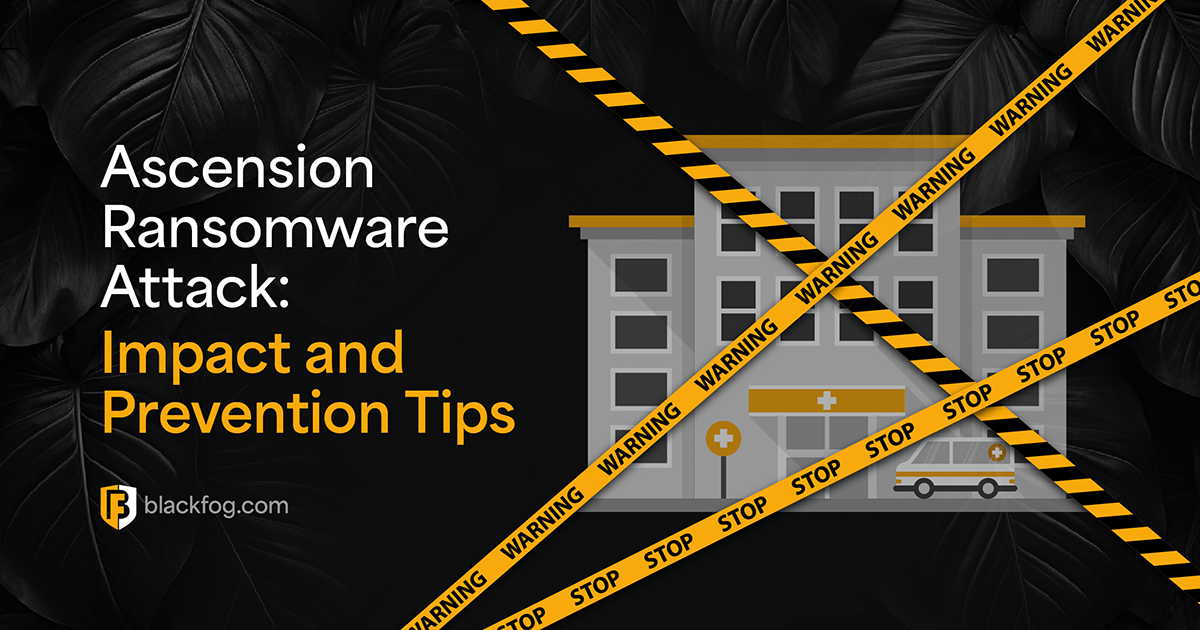
BlackFog collected threat statistics on a global basis during the first quarter of 2019. What follows is a summary of the threats determined via data exfiltration techniques across Windows, Mac, Android and iOS clients. Third party use is granted with appropriate attribution back to BlackFog.
During the first quarter of 2019 BlackFog saw continued focus by both Russia and China to exfiltrate data back to servers within their borders. This represented 20% of total threats and 50% of threats by all other countries combined. Russia represented 15.5% and China 4.1%. This does not include anonymized, advertising or profiling servers which would increase these numbers significantly.
PowerShell Attacks
With the exception direct or raw IP addresses, PowerShell attacks now represent 5.65% of all threat vectors. With the increased sharing and sophistication of cybercriminal networks working code is quickly leveraged. Hence, the increase in the use of PowerShell and fileless attacks. In fact PowerShell attack vectors represent 9.24% of attacks when data exfiltration by country threats are excluded.
Direct IP’s
Direct, or raw IP addresses still represent a major problem and are used in 48.8% of all attacks. This provides an easy way for cybercriminals to obfuscate an attack and anonymize their location. Unfortunately, some legitimate applications still employ direct IP’s instead of using common domain names. There is no reason this should be employed in a working application, unless the vendor is trying to also hide their actions.
Major Threat Vectors
Dark Web and Spyware
The Dark Web continues to provide a network for cybercriminals to steal your data and evade detection. This underground network is routinely used to transact and exchange data with other cybercriminals. It represented 3.9% of attacks in the first quarter of 2019.
Lastly, spyware and ransomware contributed 2.6% to the total number of threats.
Related Posts
Ascension Ransomware Attack: Impact and Prevention Tips
Learn how the Ascension ransomware attack disrupted healthcare services, the financial consequences, and the cybersecurity lessons it taught. Also receive advice on protecting patient data and preventing similar attacks in the future.
Essential Data Loss Prevention Best Practices Every Firm Should Know
Following these seven data loss prevention best practices can help any firm reduce the risk of falling victim to threats like ransomware.
BlackFog Report Reveals Record Number of Ransomware Attacks from January to March
BlackFog reports a record-breaking surge in ransomware attacks Q1 2025, with 278 disclosed cases and a 113% rise in undisclosed incidents.
AI for Network Security and Monitoring: Enhancing Cyber Defense
What opportunities do AI ransomware protection tools offer to cybersecurity pros?
Ghost Ransomware: The New Cyber Menace Targeting 70+ Countries
Ghost ransomware is targeting 70+ countries. Learn how it works, who’s behind it, and how to stay protected in today’s cyber threat landscape.
Log4Shell – Understanding the Vulnerability and Mitigation Steps
Learn about Log4Shell, its impact on industries, and effective mitigation strategies. Discover how proactive defenses, like BlackFog's ADX technology, can protect your systems from ransomware and data exfiltration.







